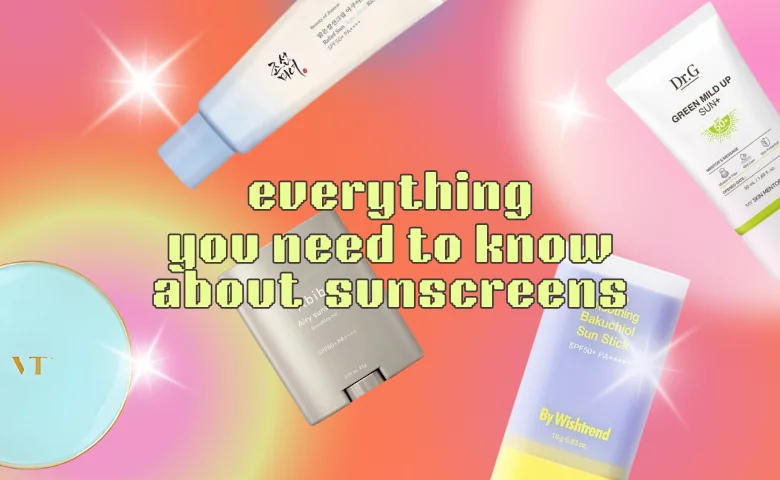How to Find Your Holy Grail Sunscreen

Scorching summer days have arrived, along with beach weather and flirty hemlines. Whether you’re heading for the beach or chilling in the shade, remind yourself again – don’t skip the SPF.
Why Wear Sunscreen?
By now, everyone knows the drill – wearing sunscreen is a must whether rain or shine. UV rays wreak havoc on skin by causing sunburn and premature aging while raising the risk of skin cancer. Unless you don’t set foot outside and don’t sit near any windows during the daytime, using SPF protection is necessary for maintaining skin health.
A good sunscreen is also an essential part of any anti-aging routine. Those wrinkles, fine lines and dark spots? Photoaging caused by UV damage contributes to those skin concerns. The only time when sunscreen might not be needed is when you’re indoors most of the day and away from the window. Otherwise, always keep your favorite sunscreens at the ready.
https://youtube.com/watch?v=BUIWZcwflx4%3Fsi%3DxfafdYfFxMk3eywh%26enablejsapi%3D1%26origin%3Dhttps%3A%252F%252Fwww.yesstyle.com
From Sun Sticks to Sun Serums
Long celebrated for their lightweight, skin-friendly and white cast-free formulas, Japanese and Korean sunscreens are a far cry from the thick, gooey and chalky sunscreen formulas of old. From sun serums for UV protection plus moisturizing to sun sticks made for on-the-go touch-ups, these formulas blend sun care with skin care and even makeup properties to satisfy all kinds of skin types and beauty needs.
Read on for pointers on how to lock down your dream sunscreen, with recommendations to boot.
Finding Your Holy Grail Sunscreen: Things to Consider
Locating your dream sunscreen is a trial and error process. There are multiple factors to consider, from the level of UV protection to suitability of texture. It may be tempting to simply turn to the latest viral sensation from Beauty TikTok, but it’s more important to figure out what your skin really needs when it comes to sun protection.
Level of Sun Protection
Always go for a sunscreen offering broad-spectrum protection against both UVA and UVB rays. The formula should ideally be SPF 50 or above, and water-resistant.
UV rays
There are two types of UV rays posing significant damage to skin. UVA rays have longer wavelengths and can cause long-term skin changes that result in premature aging and skin damage. UVB rays with shorter wavelengths only reach the skin’s epidermis, causing sunburn and tanning. Both UVA and UVB rays can contribute to skin cancer but the latter is considered a stronger cause.
SPF
SPF (Sun Protection Factor) refers to the amount of time sunscreen-protected skin takes to burn in the sun. The difference in sun protection lessens as the SPF factor goes up. Going from SPF-free to an SPF 15 sunscreen, however, is game-changing.
SPF 15 – fends off 93% of UVB rays
SPF 30 – fends off 97% of UVB rays
SPF 50 – fends off 98% of UVB rays
SPF 100 – fends off 99% of UV rays
For daily use, sunscreen needs to be at least SPF 30 or above to be effective. An SPF 50 sunscreen is generally recommended for prolonged exposure to the sun. An SPF 100 sunscreen would not be needed in most circumstances.